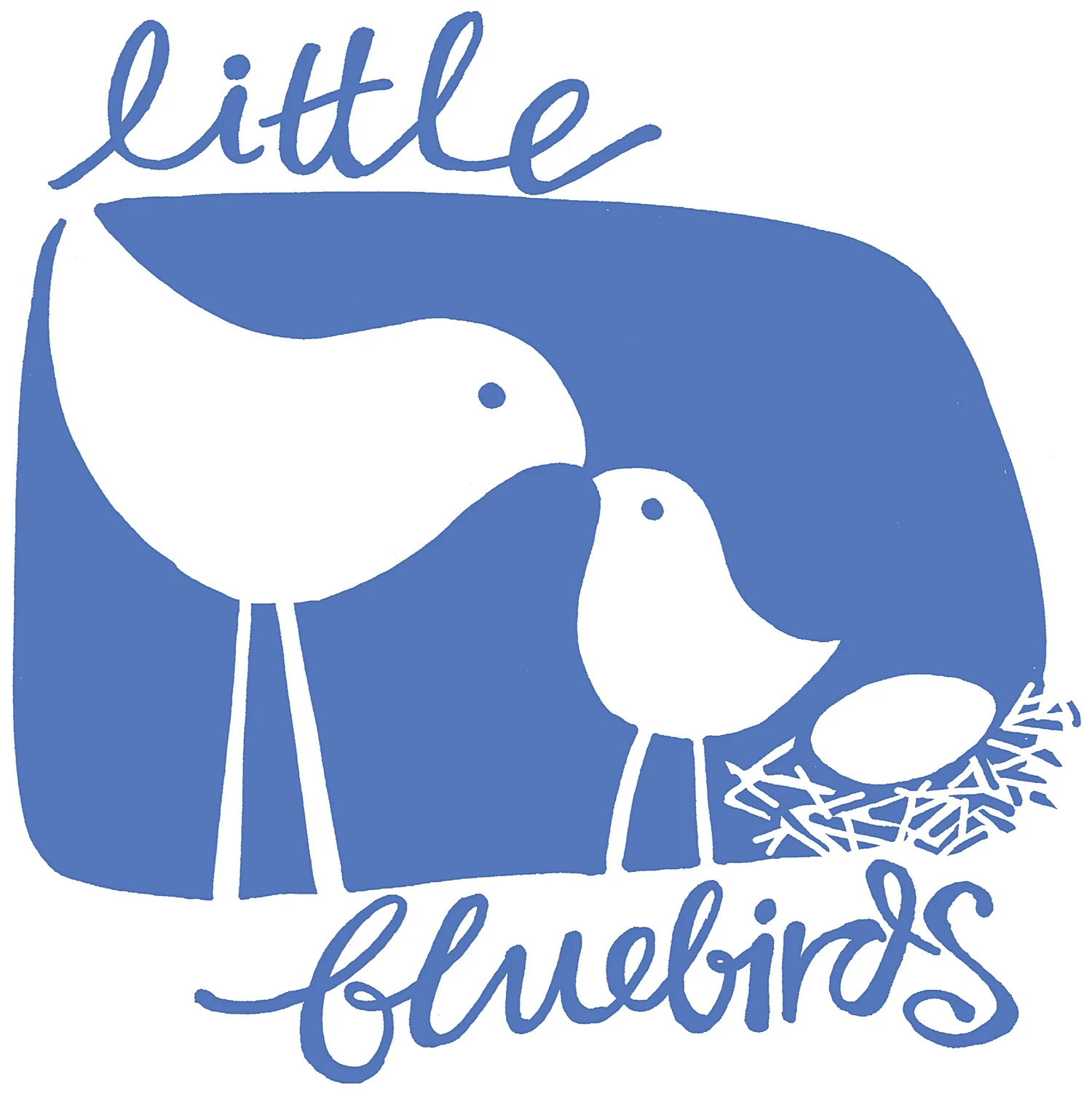Bron - why do you always sing so high?
If you've ever been to one of my preschool music sessions (or any other quality early childhood music program) you'll have noticed that I always sing up high.
"Why do you always sing so high?" asks Maddison's Mum. "I can't sing up there!" squeaks Taylah's Dad and "Can't we sing it a little lower?" comes the chorus from all the parents...
While singing in a lower key might be more comfortable for the grown ups, my focus is on the kids and how I can help them become tuneful, beatful and artful (with the emphasis on tuneful in this case).
So why does singing songs in high keys help kids become tuneful?
Partly it is because little people have little vocal mechanisms and in matters of sound, little equals high. Think about musical instruments - the big double bass is much lower than the small violin...
and the little piccolo is much higher than the larger flute.
But that's not the only reason!
The physiology of head voice vs chest voice (skip this bit if you're not into anatomy)
There are two important pairs of muscles in your larynx (aka voicebox, where your vocal folds (aka cords) live) that control pitch. The cricothyroid (CT) muscles runs vertically between your cricoid cartilage at the base of the larynx and your thyroid cartilage (aka Adam's apple). When this muscle contracts, it tips the thyroid cartilage forward, and since the vocal folds are attached to the back of the thyroid cartilage, they are stretched, making them longer and thinner - and making higher sounds. When the CT muscles are used, our voice has a lighter sound and is often called "head voice."
The thyroarytenoid (TA) muscles, on the other hand, run parallel to the vocal folds, and when they contract, they shorten, thicken, and stiffen the vocal folds. With the thicker vocal folds in this set-up, the sound tends to be heavier - the sound sometimes called "chest voice".
Of course, the vocal mechanism is very complicated and a lot of other things contribute to pitch and tone colour but here's why we really want kids to sing in their head voice...
Young children have a very limited range of notes they can comfortably sing in their chest voice, that is, using the TA muscles to control their pitch. Most kids can only comfortably sing about 5 notes from roughly middle C to G. However, they have a much larger range when singing in their head voice, using the CT muscles to control their pitch - from about F above middle C all the way up to high E, F or even G and higher.
Again, why does this matter?
Well, little people (and plenty of adults) find it difficult to switch between these two muscles, so once they are in chest voice (using their TA muscles to control pitch), they are likely to stay in chest voice. The trouble is, if the song they are singing goes higher than they can comfortably sing in chest voice then they will 'reach' for the note and generally sing flat (out of tune). And if they regularly sing flat/out of tune, then their brain will be trained to accept this as OK. Eeek!
On the other hand, as I've already mentioned, little people find it tricky to switch between the CT and TA muscles, so if they start singing in their head voice (using their CT muscles to control pitch), they are likely to stay in their head voice. And because they have a much larger range when using the CT muscles to control their pitch, they are far more likely to sing with accurate pitch. And consequently their brain will be trained to sing tunefully. Yay!
A word about pop music
Most pop music is in keys that are WAY too low for little voices because most pop singers are over 18 and have fully developed adult voices. In addition, most pop singers exclusively use their chest voices (using their TA muscles to control pitch). Which is why, while pop music is fine for little people to listen to in small doses (if you are OK with exposing them to the adult themes), it is NOT a great model for their developing singing voices (and don't get me started on school concerts that involve kids 'singing' along to recordings of pop songs - that's a topic for a whole other blog).
So next time you're singing with your little bluebird, get out of your comfort zone and sing up high... pretty soon your little one will be singing like an angel just like 4 yr old Esther in this little clip!





